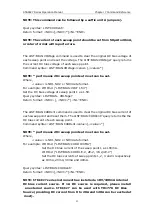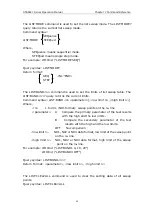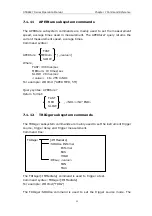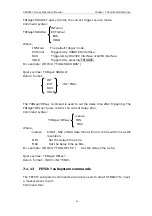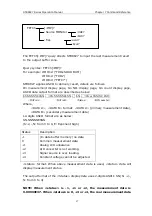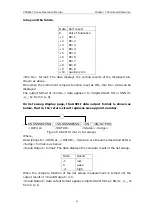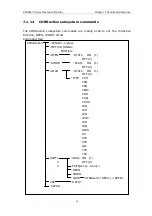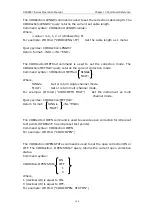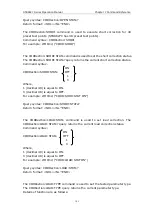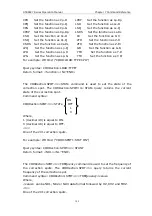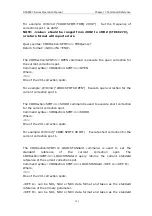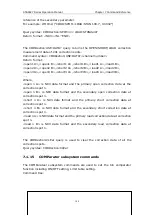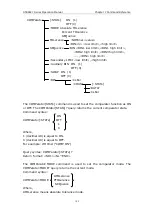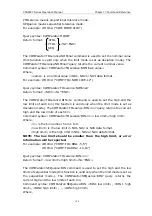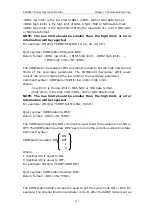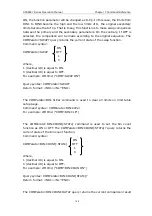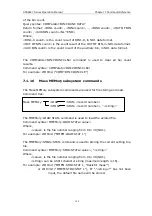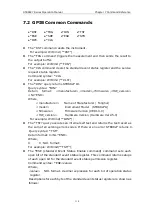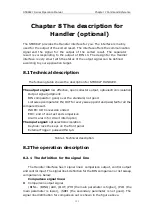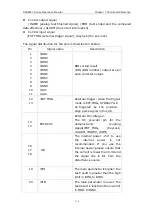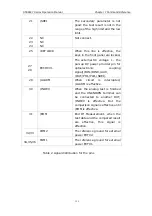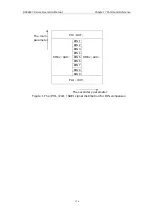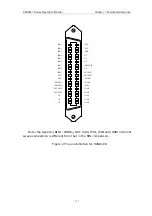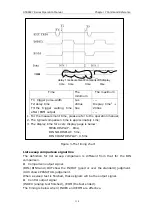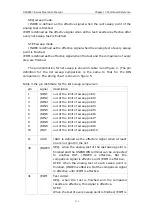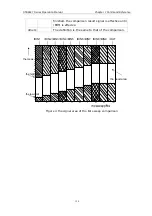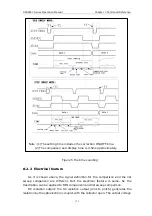
STB8827
Series Operation Manual Chapter 7 Command Reference
PTOLerance means proportional tolerance mode.
SEQuence means sequential tolerance mode.
106
For example: WrtCmd (“COM:MODE ATOL”)
Query syntax: COMParator:MODE?
Return format: ATOL
PTOL <NL^END>
SEQ
The COMParator:TOLerance:NOMinal command is used to set the nominal value
(this function is valid only when the limit mode is set as deviation mode). The
COMParator:TOLerance:NOMinal? query returns the current nominal value.
Command syntax: COMParator:TOLerance:NOMinal<value>
Where,
<value> is a nominal value in NR1, NR2 or NR3 data format.
For example: WrtCmd (“COMP:TOL:NOM 100E-12”)
Query syntax: COMParator:TOLerance:NOMinal?
Return format: <NR3><NL^END>
The COMParator:TOLerance:BIN<n> command is used to set the high and the
low limits of each bin (this function is valid only when the limit mode is set as
deviation mode). The COMParator:TOLeance:BIN<n>? query returns the current
high and the low limits of each bin.
Command syntax: COMParatro:TOLerance:BIN<n><low limit><high limit>
Where,
<n> is the bin number from 1 to 9.
<low limit> is the low limit in NR1, NR2 or NR3 data format.
<high limit> is the high limit in NR1, NR2 or NR3 data format.
NOTE: The low limit should be smaller than the high limit, or error
information will be reported.
For example: WrtCmd (“COMP:TOL:BIN1 -5,5”)
WrtCmd (“COMP:TOL:BIN2 -10,10”)
Query syntax: COMParator:TOLerance:BIN<n>?
Return format: <low limit><high limit><NL^END>
The COMParator:SEQuence:BIN command is used to set the high and the low
limits of sequential mode (this function is valid only when the limit mode is set as
the sequential mode.). The COMParator:SEQuence:BIN? query returns the
current high and the low limits of each bin.
Command syntax: COMParator:SEQuence:BIN <BIN1 low limit>, <BIN 1 high
limit>, <BIN2 high limit>, …, <BINn high limit>
Where,


